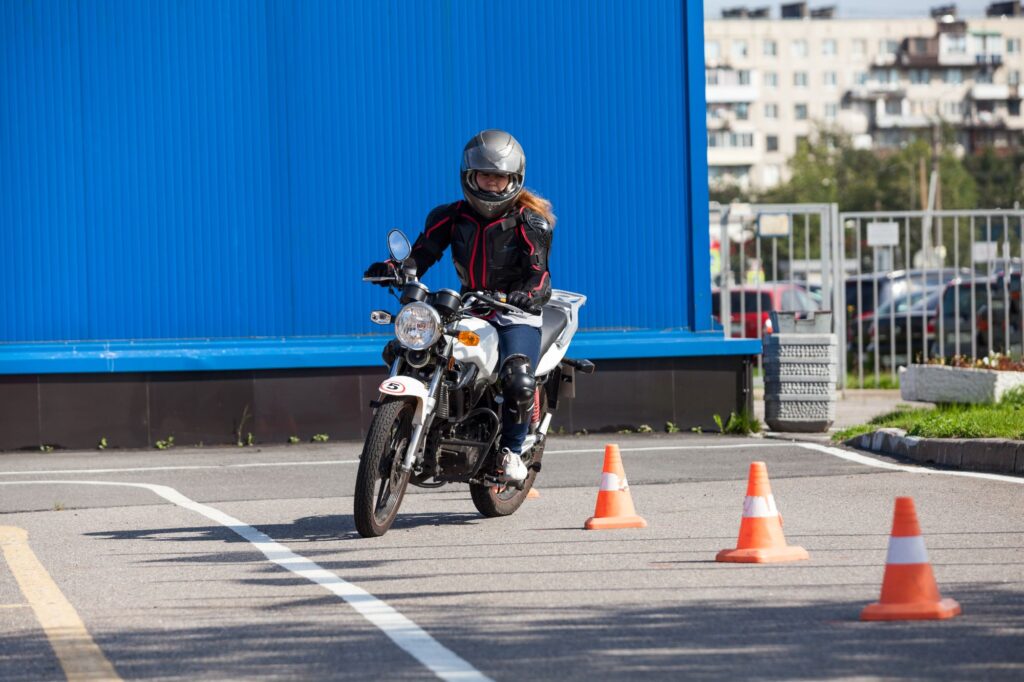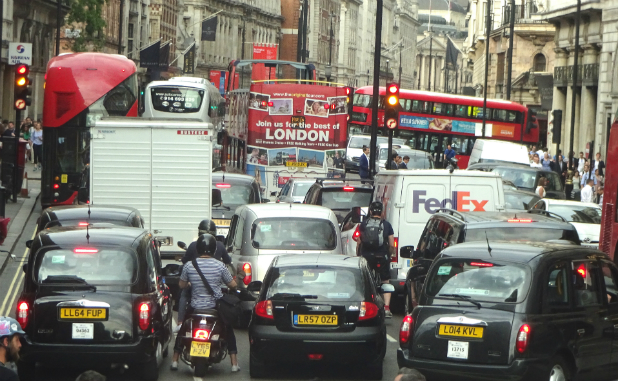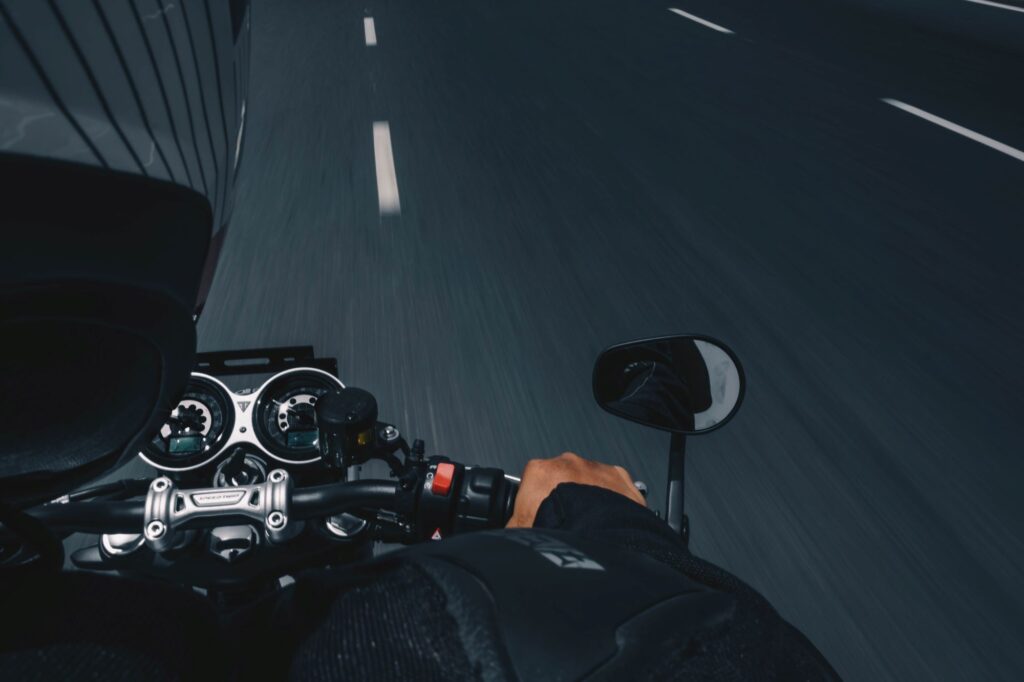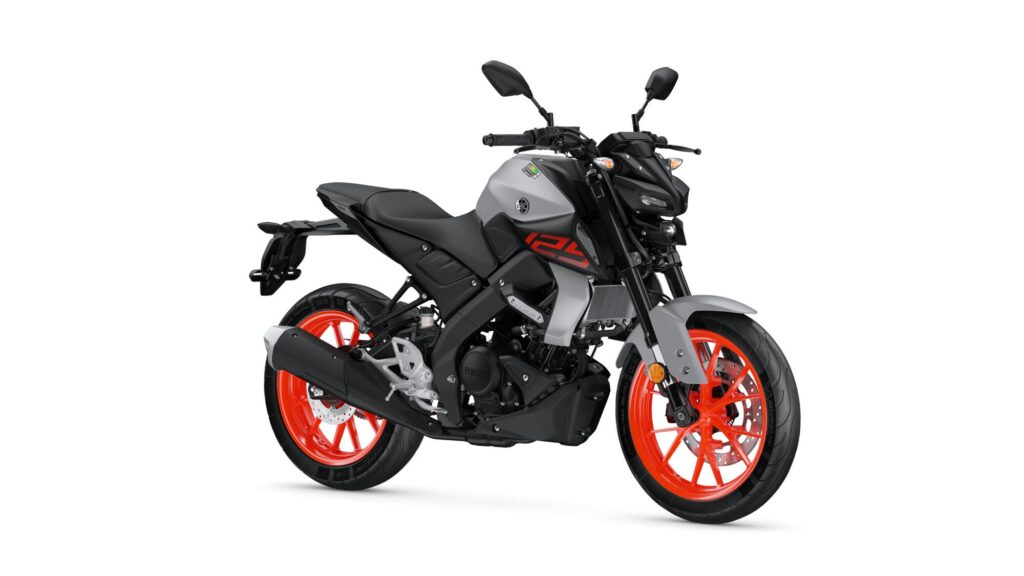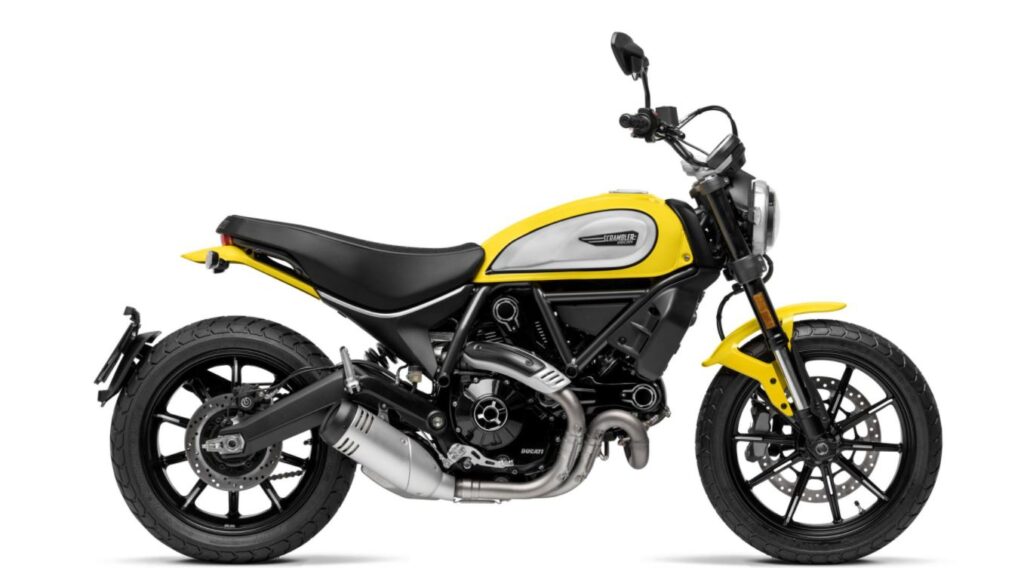For some people biking in the dark is the most exciting experience they’ll ever have on two wheels and they can hardly wait for the dark.
For others biking in the dark can be the most worrying part of motorcycling.
The safest bikers are probably those in between, those who know the dangers but don’t let it put them off the excitement.
There are perhaps two main rules for biking in the dark – See, and Be Seen.
More than anything, your safety is likely to depend on how visible you are to other road users, and how quickly you can spot them approaching.
Well the seasons have now well and truly changed, the darker nights are drawing in and with the clocks due to change very soon, here are Bikesure’s tips for biking in the dark safely.

- Wear bright, hi-visibility clothes, such as the range available from Get Geared. If you must wear black leathers, at least put a reflecting fluorescent jacket on top, and make sure the back of your jacket and your helmet have reflectors on them.
- If you use hand signals, don’t forget to ensure your arms or gloves also have hi-vis/reflective strips on them, so motorists and pedestrians alike can see you signalling more easily.
- If you can’t bear the idea of your pride and joy being plastered in garish yellow reflective stickers, perhaps consider invisible reflective tape, such as the version available from Streetglo. This is simply a very reflective tape that can look the colour of your bike in daylight but seems to shine bright white at night in car headlights.
- Make sure your own headlights, tail-lights and indicator lights are working properly, and consider upgrading them if necessary. Good bike lighting is a key factor in safety at night, even in built-up areas. Many manufacturers use undersized brake lights, and it’s often quite a simple process to upgrade them to good halogen or super-bright LED models, for example from specialist BikeVis.
- Check your bike’s headlight setting. Some manufacturers preset headlights to point too far downwards, giving insufficient illumination ahead, even at moderate speeds. A good rule of thumb is to allow a drop of 10cm every 6 metres, or for the dipped beam to reach the ground 50 metres ahead of you, for mixed city and country driving.
- Beware of wild animals. At night they pose an even bigger threat, as many of the ones you are likely to meet on the roads tend to be nocturnal. They can also have difficulty guessing your distance and are more likely to freeze than flee when dazzled.
- Make sure you drive more in the centre of the carriageway than at the edge. This will make you stand out more, especially in street lighting. Also, the edge is often the most slippery, wettest and darkest part of the lane.
- If you are about to overtake, it’s often a good idea to flash your headlight to alert the driver in front.
- Ensure your helmet visor is clean and scratch-free before setting off. Scratched visors can impair visibility at night.
You May Also Like …
https://www.bikesure.co.uk/bikesureblog/2016/11/the-bikesure-guide-for-young-motorbike-riders.html
The ultimate guide to storing and protecting your motorcycle collection

